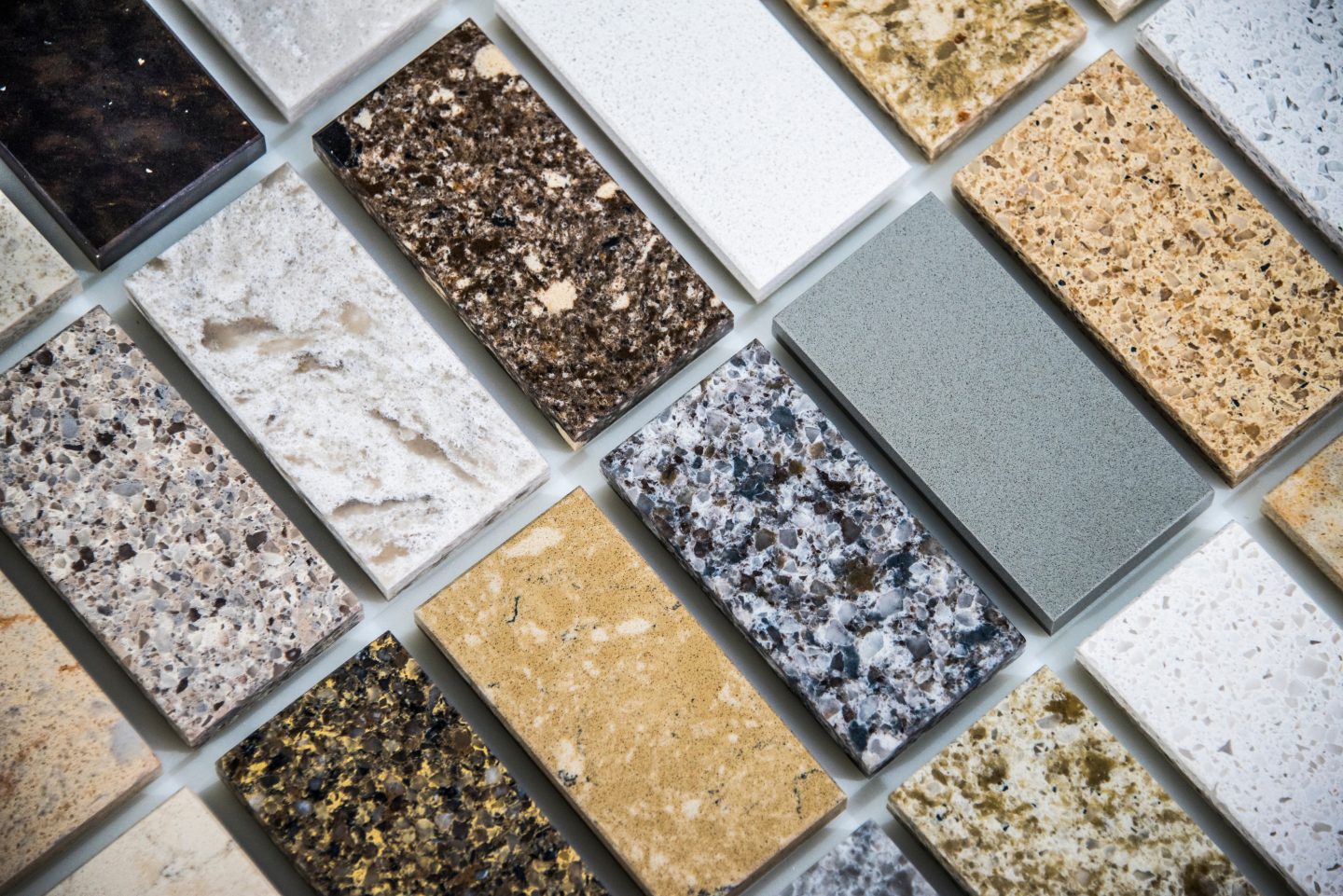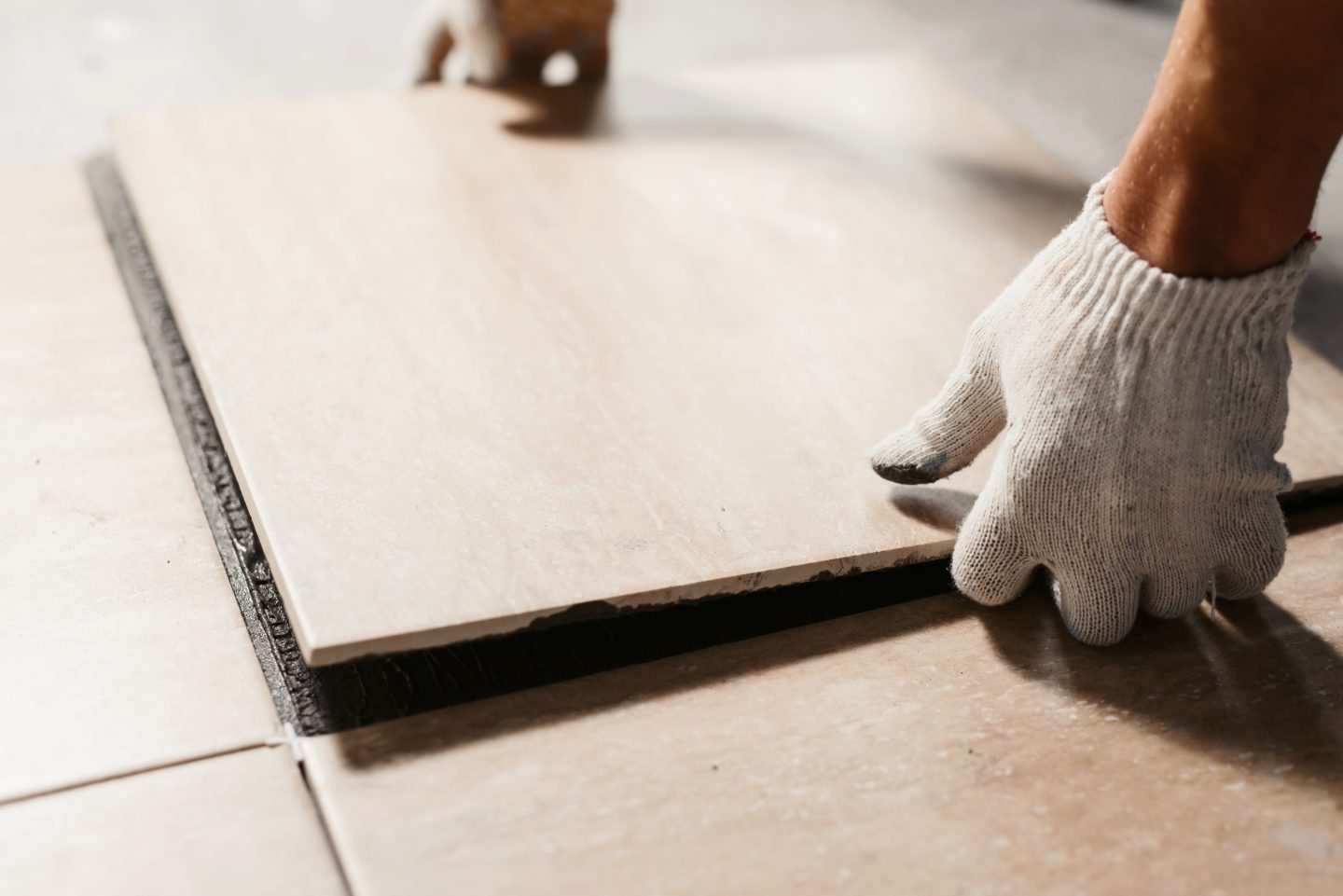Kitchen floors encounter heavy traffic and messes daily. They’re in a room where you’re almost always busy thrice a day. While you’re cooking and preparing meals, spills may also happen. That’s why it’s essential to have flooring that can handle all these.
One tile type that shows potential is ceramic. It’s a durable material that works in any room in a house, particularly the kitchen. It’s a popular choice among homeowners, but it also has its flaws.
Before you head to your local tile store, read this quick guide. It’ll explain the pros and cons of ceramic kitchen flooring so you can make the right decision for your home.

Pros of Ceramic Kitchen Flooring
Ceramic tiles offer many benefits to home kitchens. Here are some of the notable advantages:
Long-Lasting and Durable
Unlike wood or natural stone flooring, tiles are generally sturdier and rarely ever show wear and tear. In rooms like the kitchen, you need flooring material that can tolerate heavy foot traffic and kitchen furniture. Ceramic is also heat resistant, which is ideal in an area where you’re cooking.
A patterned tile floor kitchen can withstand damage and last a lifetime. Whether you get a checkerboard, diagonal, or chevron pattern for your floor, you can rest knowing your tiles will be in excellent shape for many years.
Water and Stain-Resistant
Sauce spills are common in kitchens and become a huge issue when the flooring absorbs moisture. Ceramic tiles are impervious to stains and water, which makes them easy to clean.
However, this trait is only true for glazed tiles. Unglazed ceramic kitchen flooring must be sealed to protect the surface from stains.
Easy to Maintain
Since ceramic tiles don’t stain, cleaning them will be manageable. Wiping is often enough to eliminate a spill. Use a mild detergent and the right floor mop for harder stains or discoloration. Avoid using a sponge mop, which pushes moisture and dirt into the grout. Sweeping or vacuuming will do for loose dirt.
Don’t let glazed tiles air dry. Sitting moisture will leave water spots. Instead, use a dry, lint-free cloth immediately after cleaning your ceramic kitchen flooring.
Lots of Design Options
Ceramic tiles for homes come in many styles and colors. There’s bound to be one that will suit your tastes and the overall kitchen interior design. You can even choose your tiles’ size and pattern, mixing and matching designs to make your flooring uniquely yours.
Besides the basics, ceramic tile designs may also be printed or embossed in a wide variety of ways. Some could mimic the appearance of natural stone tiles or hardwood while having the durability of ceramic material. Additionally, if regular squares don’t suffice, you can have your tiles cut into rectangles, triangles, or planks.
Cons of Ceramic Kitchen Flooring
Even seemingly perfect things like ceramic tiles aren’t strangers to shortcomings. Knowing the disadvantages of any material you use for your home is important as a homeowner.
Cold to the Touch and Slippery When Wet
There’s a good reason why ceramic floors aren’t used in every room in a house. When the weather gets cold, your tiles do, too. That could be a problem if you enjoy walking in your home barefoot.
The easiest way to keep your feet warm in the kitchen is to put an area rug where you expect to stand most often. However, installing radiant floor heating in or under the subfloor is the best solution to counteract a cold floor. Electric mats under the tiles may work, too.
Quite Expensive and Hard to Install
Tile flooring may be considerably more expensive than other options. The price depends on various factors, such as quality, size, and the number of tiles you plan to buy. Tiles also tend to cost more per square foot.
Installing ceramic tile kitchen floors is also a challenge in some homes. It’s labor-intensive and quite tricky when done by yourself. You’ll need a cement board or ’tile backer’ over wood subfloors. All this work involves more time, money, and energy.
Might Crack Under Pressure
Ceramic kitchen tiles may be durable, but they’re not invincible. When tiles are installed incorrectly, they can be prone to cracking. The underlayment isn’t stable or even enough for the tiles. If you keep dropping heavy things on the same spot on the floor, the consistent impact could also break your kitchen floor tile.
That shouldn’t stop you from using ceramic tiles. You can apply some techniques to prevent cracking. First, use plywood or a concrete subfloor. These materials help distribute weight evenly. Next, check for dead spots that weaken tiles before installation. Then, consider partnering with professional tile installers. They’ll ensure your base is sturdy and your tiles are correctly installed.
Grout Needs Regular Cleaning
The tiles in ceramic kitchen flooring may be low maintenance, but the grout surrounding them stains easily. You need regular grout cleaning and sealing to protect it from discoloration. Additional maintenance may be an inconvenience for some homeowners.
But if you don’t mind cleaning grout regularly, make sure to use the right practices. Scrub it with warm water and a medium-bristle brush. If you’ve sealed your grout but it’s accumulated heavy grime, spray it with a mixture of equal parts warm water and vinegar. Only use vinegar when you have sealed grout.
Considerations Before Installing Ceramic Kitchen Flooring

So, you’re fine with the pros and cons of ceramic tiles and have decided to use them. Before installing them, you need to consider your kitchen space.
Check the area’s suitability. Your kitchen subflooring must be clean, level, and structurally sound.
Your kitchen’s size and layout also matter. Large tiles make a smaller room appear more open and spacious. On the other hand, small tiles allow you to plan and achieve a decorative look.
Hiring a professional tile installer is a great idea, too. Experts know how to work with any tile type and install them correctly in any home. Look for a reputable team with an extensive portfolio of successfully completed projects. Discuss your plans with the pros and get the appropriate quotes.
Final Thoughts
When selecting tiles for your ceramic kitchen flooring, you must understand the pros and cons. Ceramic tiles are sturdy, easy to maintain, and come in many designs. But they can also be pricey, cold on your feet, and sometimes crack.
Consider partnering with tile installation professionals to discuss tile types, shapes, and sizes. Ultimately, the choice is yours. With expert help and your insight, you can achieve functional and beautiful kitchen flooring.






Leave a Reply